Hollyhock In Winter: How To Winterize Hollyhock Plants
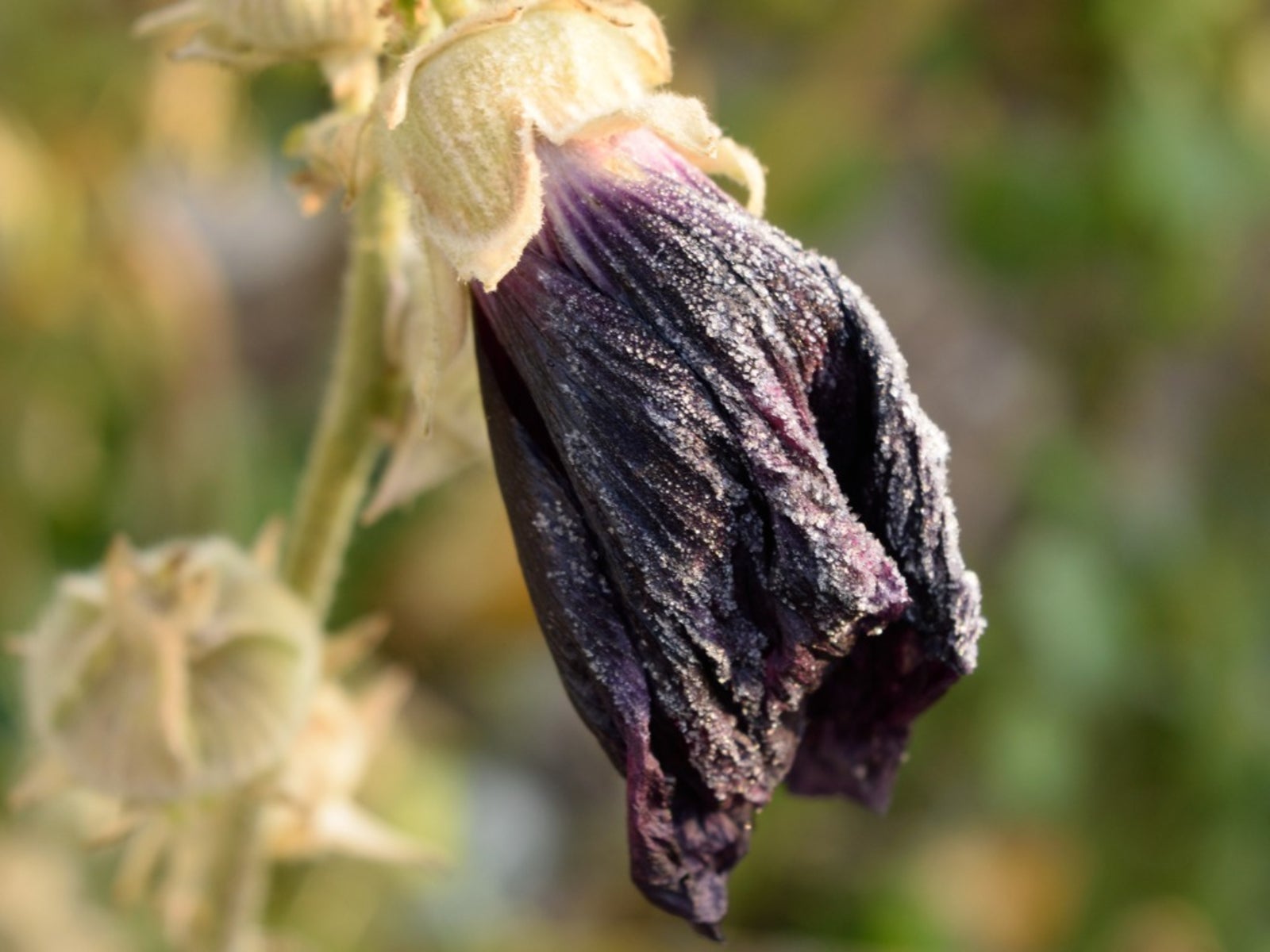

There is no mistaking the cheery spires of hollyhock flowers. The stems soar above the rosette of leaves and may get as tall as a grown man. The plants are biennials and take two years from seed to bloom. Hollyhock in winter die back, but you still need to protect the roots in order to enjoy the impressive flower display in summer. Discover how to winterize hollyhock the first year so the plants get a chance to amaze you and attract butterflies and bees with their lovely blooms.
Preparing Hollyhock for Winter
Hollyhock plants readily reseed themselves, so once you have a nice batch, you have a lifetime supply. Hollyhocks begin as a low rosette of floppy, slightly fuzzy leaves. The growth is just vegetative in the first year but by the second year the stem begins to form and flowers appear near the beginning of summer. The huge stalks boast numerous flared blooms that last for weeks. The plants are prone to rust disease, so cleanup is important when overwintering hollyhocks. Remove old stems and leaves and dispose of them before the new spring to prevent spores from spreading.
Overwintering Hollyhocks Indoors
Most USDA plant hardiness zones will not need to do anything special for hollyhock winter care. However, zones that have hard freezes will either need to treat the plants as annuals or provide protection for hollyhock in winter. In these areas, you can plant the seeds in containers and bring them indoors where temperatures remain above freezing. Water sparingly until spring, then increase water and gradually reintroduce the plants to the outside when temperatures warm. To do this, bring the pot outside for longer and longer periods until it can stay all day and all night.
How to Winterize Hollyhock
A haircut is the first step to preparing hollyhock for winter. Prune the leaves and stems back to 6 inches (15 cm.) from the ground in fall. The hollyhocks then need a layer of organic material over the root zone to protect them from freezing. Use straw, compost, leaf litter or mulch. Put 4 to 6 inches (10-15 cm.) over the base of the plant. In early spring, gradually start pulling a layer away to acclimate the roots to the changing season. Once you see new growth, remove all the material to allow space for the the fresh leaves and stems to grow. Give the new growth a granular food for flowering plants. Keep the mulch nearby in case you hear of a spring freeze and cover the roots and shoots immediately to prevent their loss. Remove the mulch when all danger of frost has passed.
Gardening tips, videos, info and more delivered right to your inbox!
Sign up for the Gardening Know How newsletter today and receive a free copy of our e-book "How to Grow Delicious Tomatoes".

Bonnie Grant is a professional landscaper with a Certification in Urban Gardening. She has been gardening and writing for 15 years. A former professional chef, she has a passion for edible landscaping.
-
 Try The Trend – Turn Any Bed Into A Keyhole Garden With This Clever In-Ground Composter
Try The Trend – Turn Any Bed Into A Keyhole Garden With This Clever In-Ground ComposterKeyhole gardening is an efficient and sustainable practice that saves space. Get started on this DIY project quickly and easily with an in-ground composter.
By Bonnie L. Grant
-
 4 Superfast Composting Methods: Turn Waste Into Garden Gold In 30 Days Or Less
4 Superfast Composting Methods: Turn Waste Into Garden Gold In 30 Days Or LessTry the fastest composting methods to turbocharge your pile and transform kitchen scraps and garden waste into finished compost in just a few weeks.
By Mary Ellen Ellis
-
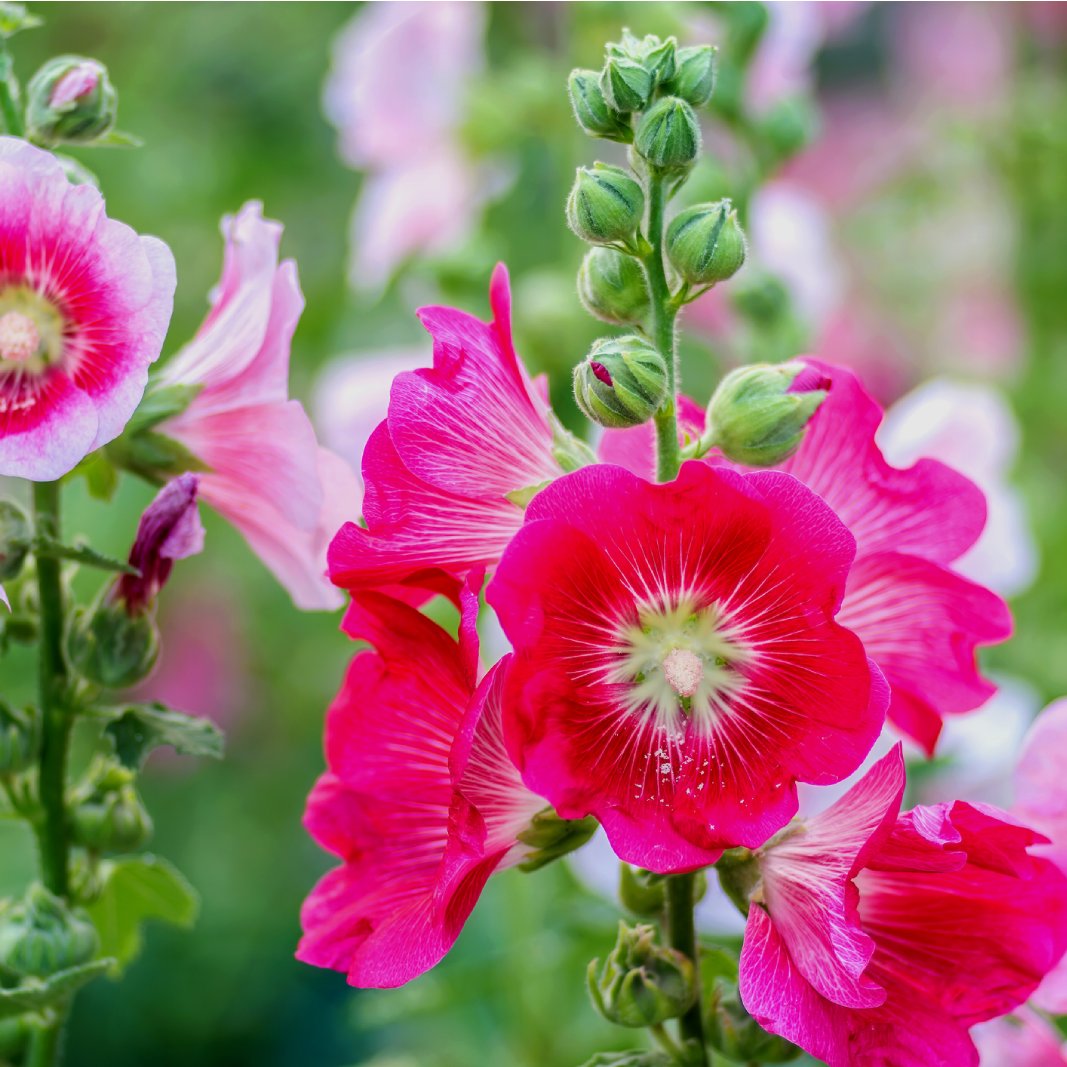 Hollyhock Feeding Made Simple: Fertilizing Hollyhocks For Better Blooms
Hollyhock Feeding Made Simple: Fertilizing Hollyhocks For Better BloomsFertilizing hollyhocks will help these old-fashioned beauties thrive and bloom, adding stately color and height to any ornamental garden.
By Tonya Barnett
-
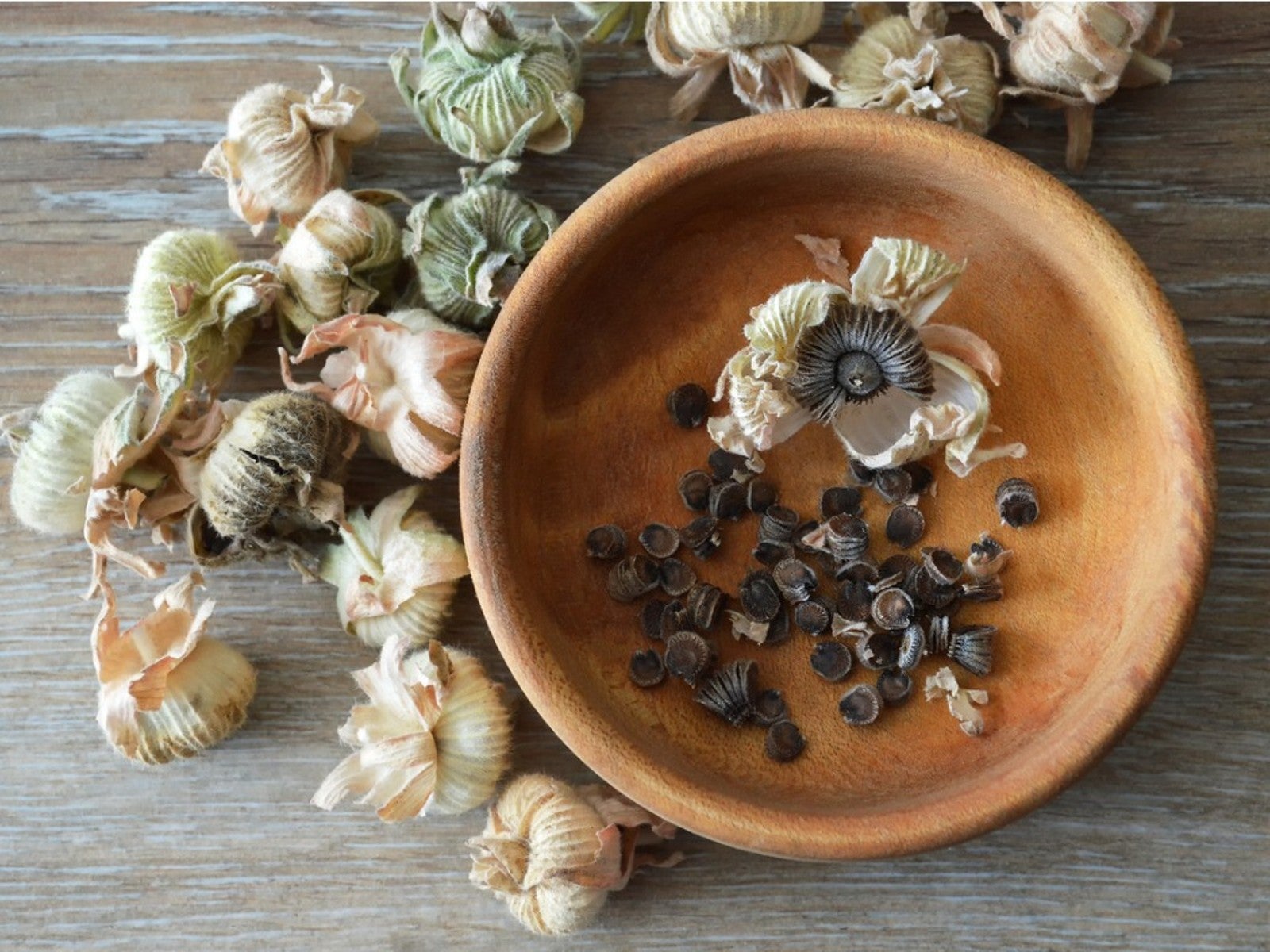 When And How To Harvest Hollyhock Seeds
When And How To Harvest Hollyhock SeedsWant to know how to harvest and collect hollyhock seeds? Click here to learn everything there is to know.
By Tonya Barnett
-
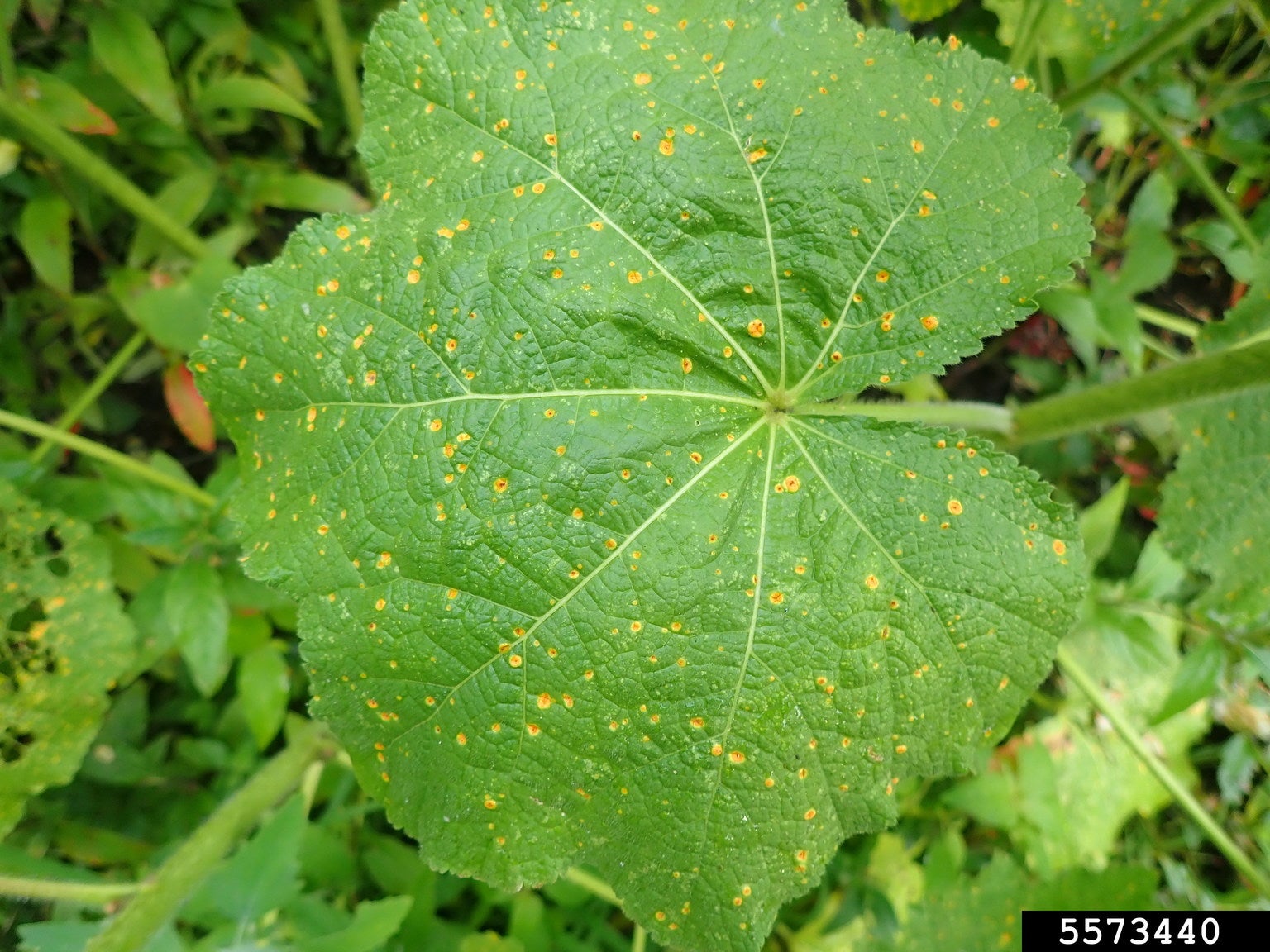 Treating Hollyhock Leaf Spot – Learn About Hollyhock Leaf Spot Control
Treating Hollyhock Leaf Spot – Learn About Hollyhock Leaf Spot ControlHollyhocks can be plagued by leaf spot diseases. Sanitation and proper irrigation generally keep the disease in check. Click here for more info.
By Mary H. Dyer
-
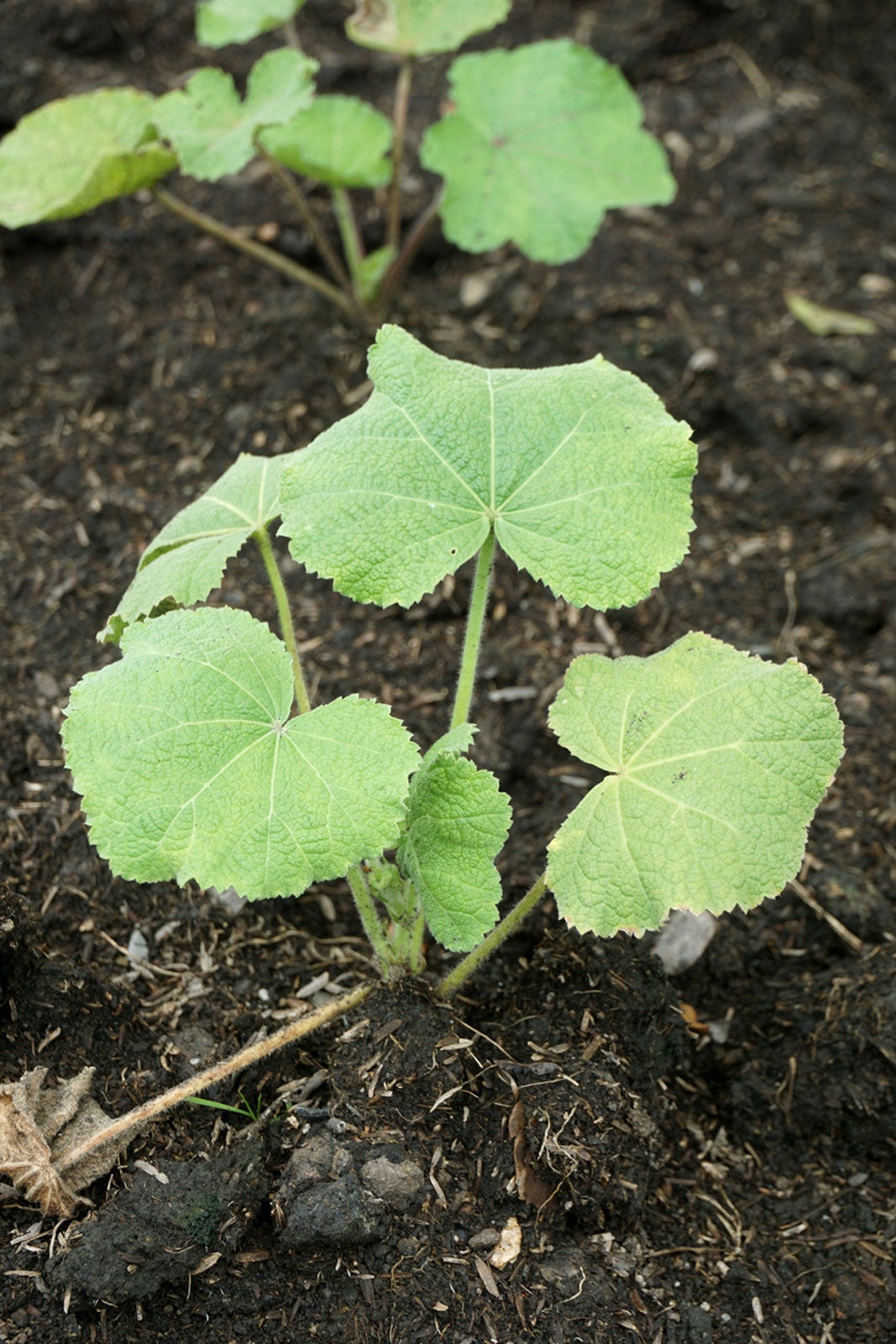 Hollyhock Pest Control: Are Hollyhock Nematodes Good Or Bad
Hollyhock Pest Control: Are Hollyhock Nematodes Good Or BadYour hollyhocks are stunted with poor flower production. They wilt easily and look yellowish. You're not sure why they’re are failing. Perhaps, it's because the trouble lies under the soil. You may have hollyhock nematode problems. This article can help with that.
By Laura Miller
-
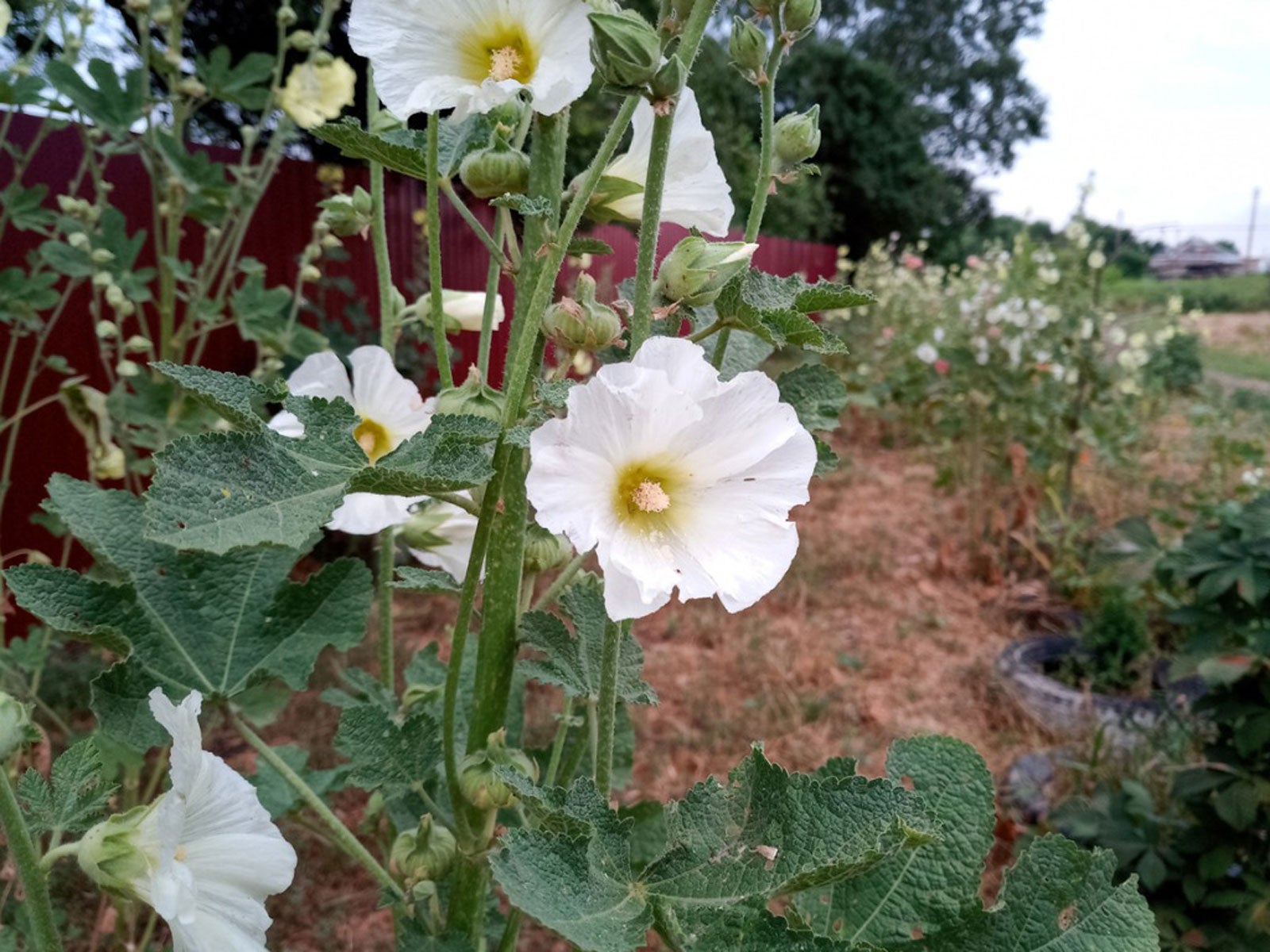 Hollyhock Anthracnose Symptoms: Treating Hollyhock With Anthracnose
Hollyhock Anthracnose Symptoms: Treating Hollyhock With AnthracnoseAnthracnose is one of the most destructive diseases of hollyhock plants. To learn about symptoms and management, click here.
By Mary Ellen Ellis
-
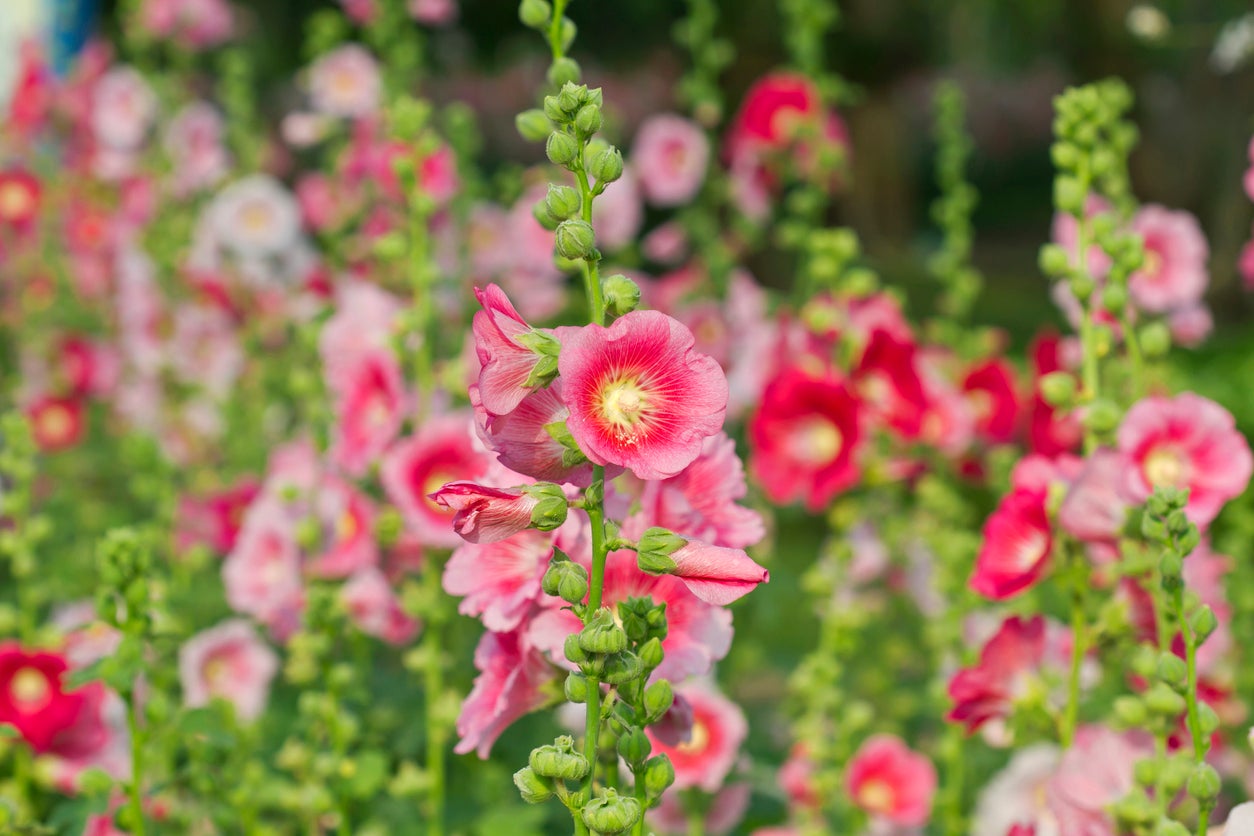 Hollyhock Flower Removal: Do Hollyhocks Need To Be Deadheaded
Hollyhock Flower Removal: Do Hollyhocks Need To Be DeadheadedHollyhocks are the showstoppers of the flower garden with towering blooms. To make the most of these gorgeous flowers, know how best to care for them. Do hollyhocks need to be deadheaded? Yes. Learn more in this article.
By Mary Ellen Ellis
-
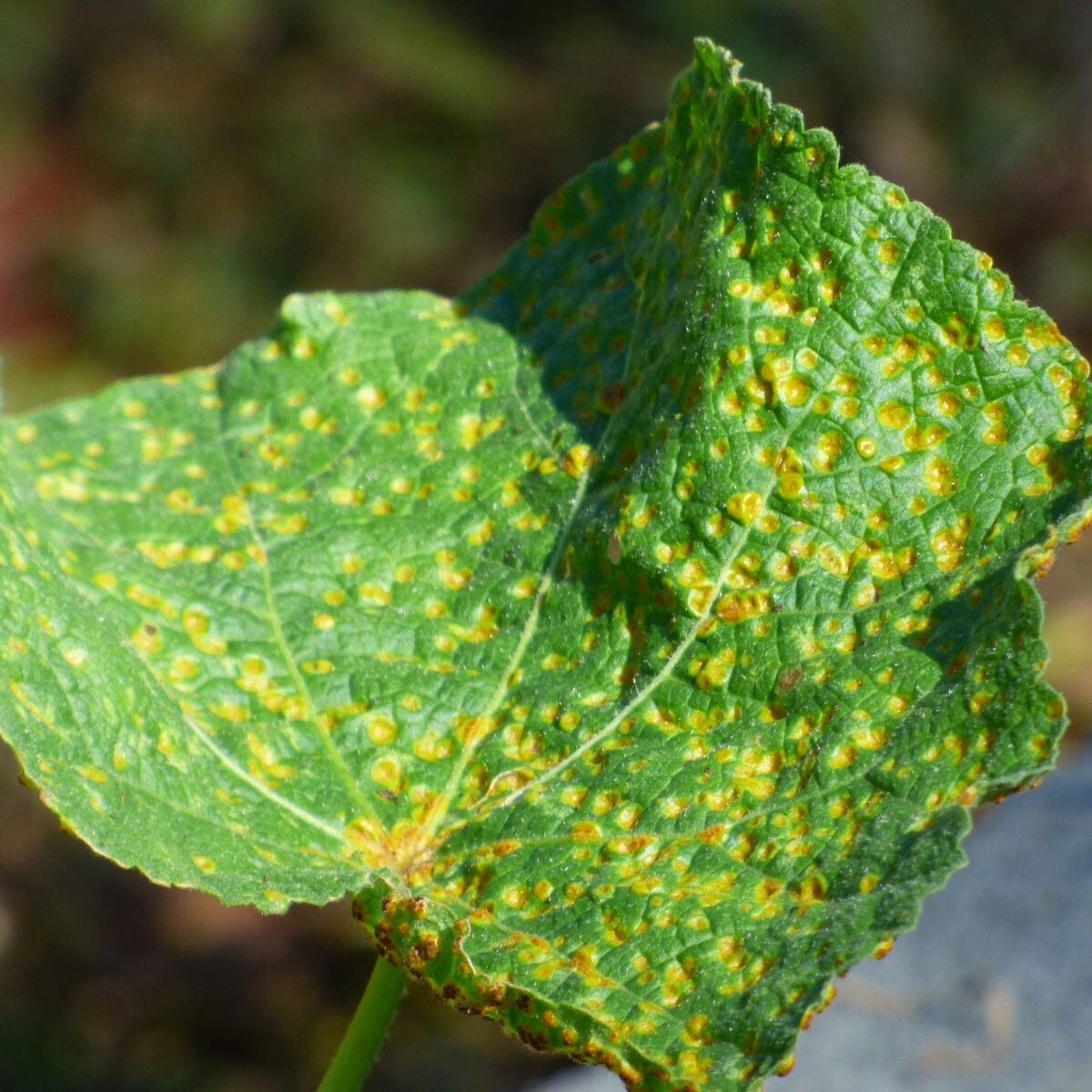 Hollyhock Rust Treatment: How To Control Hollyhock Rust In Gardens
Hollyhock Rust Treatment: How To Control Hollyhock Rust In GardensIf you've ever grown hollyhocks in a hot humid climate, you've probably seen its leaves with yellow spots on top and reddish-brown pustules on the undersides that indicate hollyhock rust. Find out how to control hollyhock rust in this article.
By Jackie Carroll
-
 Bare Root Hollyhock Plants: Tips For Planting Hollyhock Roots
Bare Root Hollyhock Plants: Tips For Planting Hollyhock RootsGrowing hollyhocks in a sunny garden makes a statement. Planting hollyhock roots is the best way to start this large and attractive flower. Get tips on how to grow bare root hollyhocks in this article.
By Becca Badgett